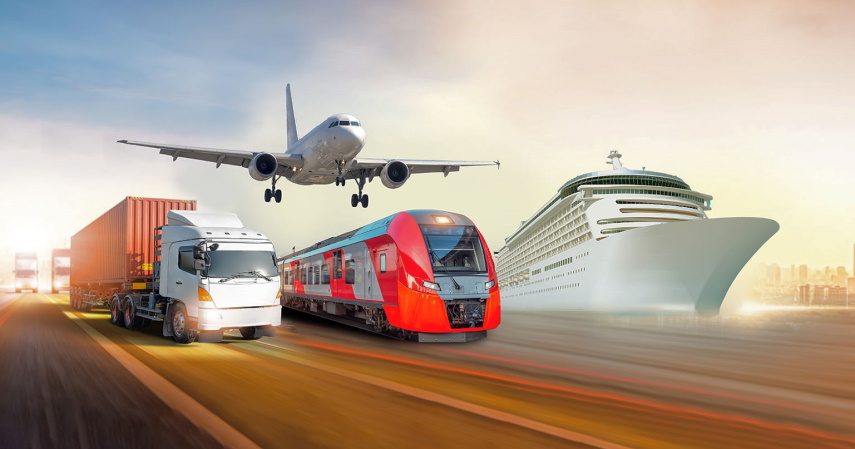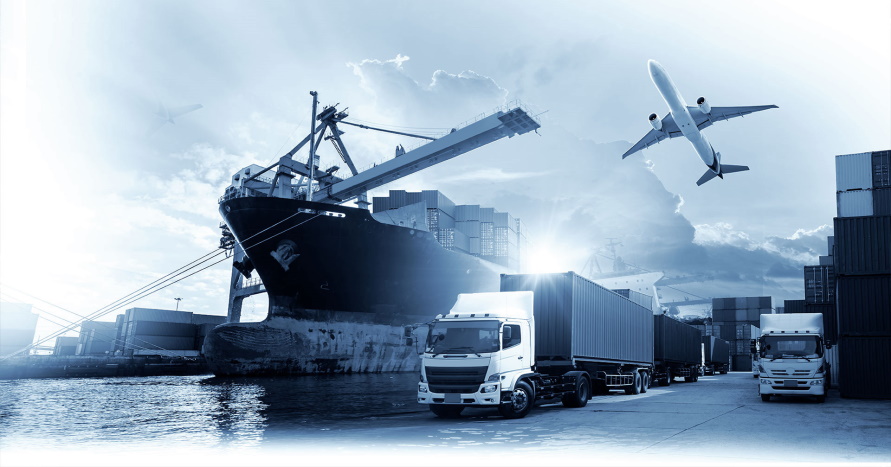The Different Modes of Transportation in Transportation Logistics

Transportation logistics is one of the most important yet complicated operations that take place in the supply chain. No matter what type of goods you’re shipping or where you’re sending it from and to, understanding the different modes of transportation available for your needs is essential for creating an efficient and cost-effective process. From air freight to sea freight to road transport, each mode has its own benefits and drawbacks that need to be weighed up against one another when deciding which would best suit your particular requirements. In this blog post, we’ll explore all the various types of transport and how they can help create an effective system when planning out a successful shipment.
An introduction to different types of logistics transportation and how they impact business
Logistics transportation is a critical part of the supply chain, and businesses must carefully consider which type of transportation will best meet their needs. Different types of logistics transportation have different impacts on business operations, so it’s important to understand these factors before deciding what type of transportation to use. The three main types of logistics transportation are road freight, air freight and ocean freight.
Road Freight: Road freight involves transporting goods by trucks or vans over land; this method is typically used for shorter distance shipments because it can be faster than other methods. However, road transport may require additional fees for tolls, fuel charges, labor costs, and more that can increase your total cost. Additionally, there are often delays due to traffic congestion or road construction, so you should factor this into your decision.

Air Freight: Air freight involves transporting goods by air, usually by cargo plane. This method is typically used for faster deliveries as it can deliver goods to their destination much quicker than other methods. However, air freight requires expensive contracts with airlines and often comes with higher overall costs due to fuel charges and labor costs. Additionally, there are also restrictions on the size and weight of shipments that may limit its use for certain types of goods.
Ocean Freight: Ocean freight involves transporting goods by sea in either containers or bulk carriers; this method is usually used for long-distance international shipments as it’s cheaper than other methods. However, ocean shipping has the longest transit times due to the distance involved, and there are also regulations on what can be shipped via ocean freight. Additionally, there may be delays due to weather or other circumstances that could impact delivery times.
When considering which type of logistics transportation is best for your business operations, it’s important to consider cost, delivery speed, and any restrictions associated with each option. In addition, each method has pros and cons, so you should carefully consider all aspects before deciding. By understanding these factors, businesses can make informed decisions about their logistics transportation needs and ensure their goods are delivered in a timely manner.
No matter what kind of business you run, logistics transportation plays an essential role in your operations. Whether you need to transport goods by road, air or sea, it’s important to understand the different types of logistics transportation and how they can impact your business operations. Then, with careful consideration, you can make the best decision for your business and ensure that your products are delivered quickly and cost-effectively.

Choosing the right transportation mode in logistics
The mode of transport should be selected based on its cost-effectiveness and speed, as well as the goods’ size, weight, fragility, and shelf life. Different transportation modes have different benefits and limitations; some are more suitable for large quantities of goods, while others are well suited to quickly moving smaller items over long distances.
When deciding which mode of transport to use, organizations must evaluate their current situation in order to find the most appropriate mode. For example, air freight is a fast option but it can be expensive compared to other modes, such as road or rail, where goods often take longer to reach their destination but may cost less overall due to economies of scale. Additionally, environmental considerations may come into play when selecting the most appropriate transportation mode.
Organizations should research the options available to them and evaluate which one best meets their needs in terms of cost, speed and efficiency. Companies must also consider any regulations or restrictions for certain modes of transport, such as customs requirements for air freight. Finally, once a decision has been made on the most appropriate mode of transport, companies need to ensure that they have reliable carriers who can deliver goods safely and on-time.
Overall, selecting the right transportation mode is key for companies to ensure efficient and cost-effective delivery of goods. Careful consideration must be taken when deciding which option best meets their needs and objectives. With correct planning and research, organizations can ensure that their products are delivered on-time and securely.
By understanding the various types of logistics transportation available and their potential impacts on business operations, businesses can make informed decisions about which type is right for them. By doing so, they can ensure their goods are delivered in a timely manner while minimizing costs and avoiding delays due to traffic congestion, weather events, or other unforeseen circumstances. Logistics transportation plays an important role in the success of any business; with careful consideration, companies can ensure their products are delivered quickly and cost-effectively, helping to maximize profitability.


 We're ready to put our experts and technology to work on your next shipment for a safer and more secure journey.
We're ready to put our experts and technology to work on your next shipment for a safer and more secure journey.